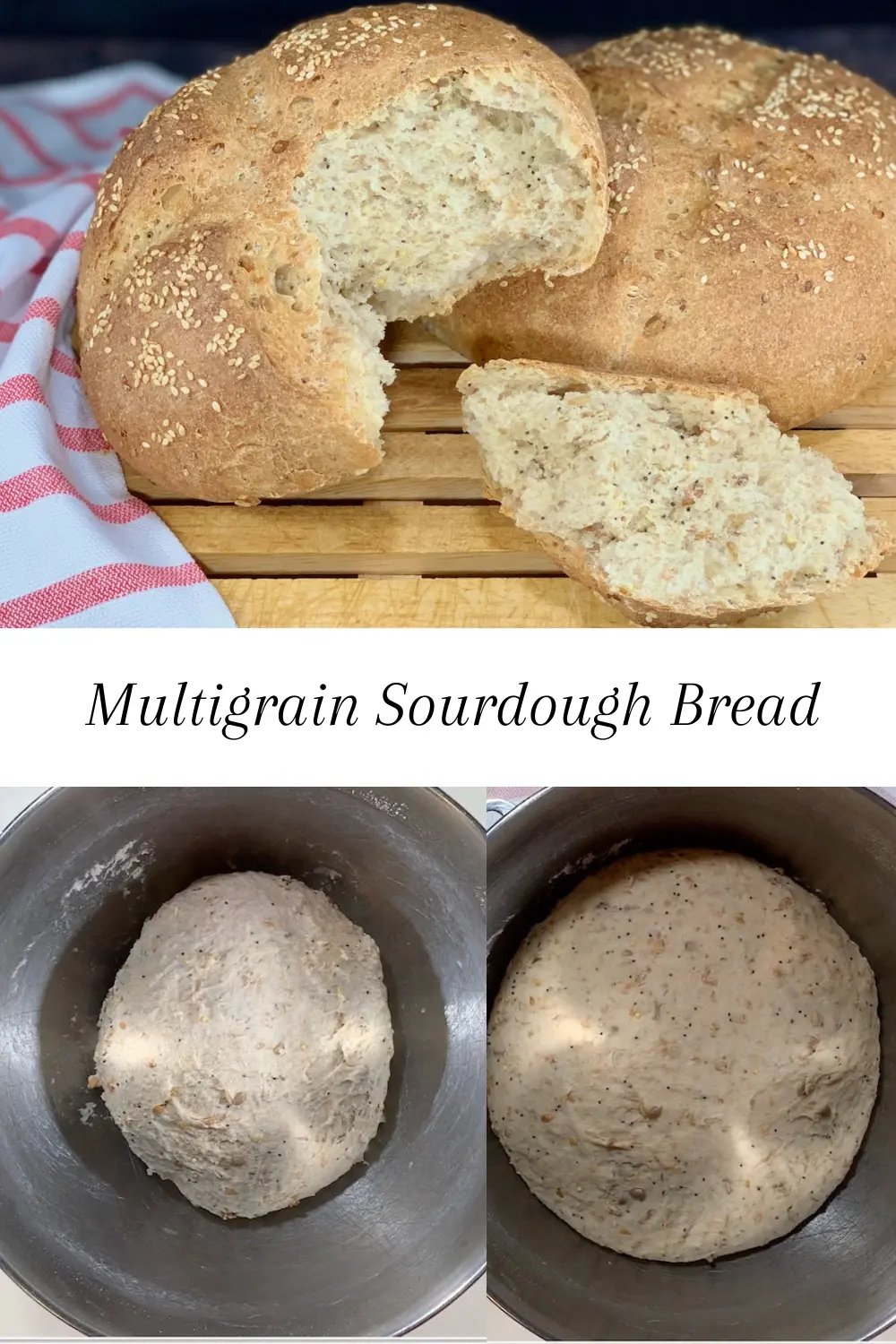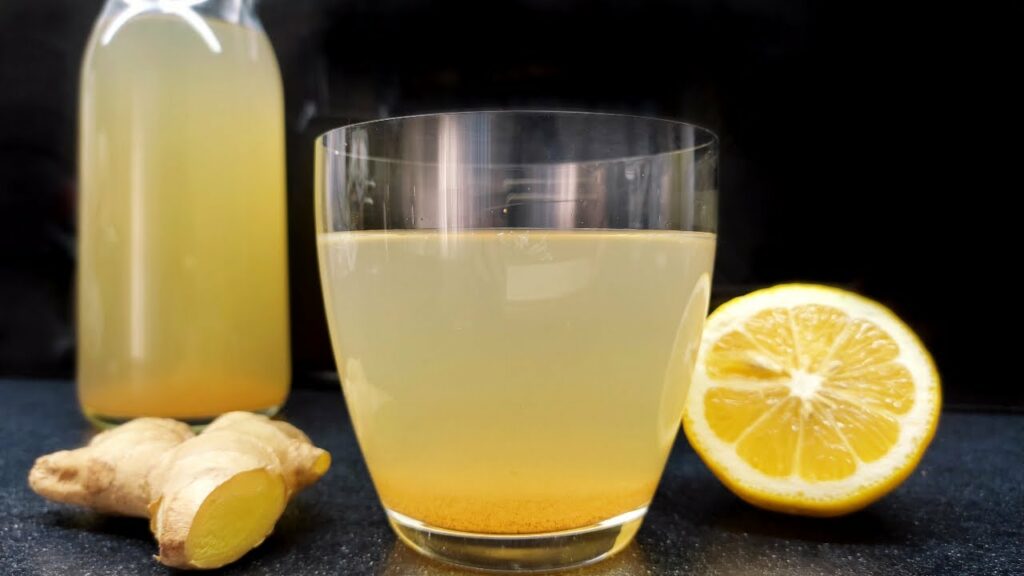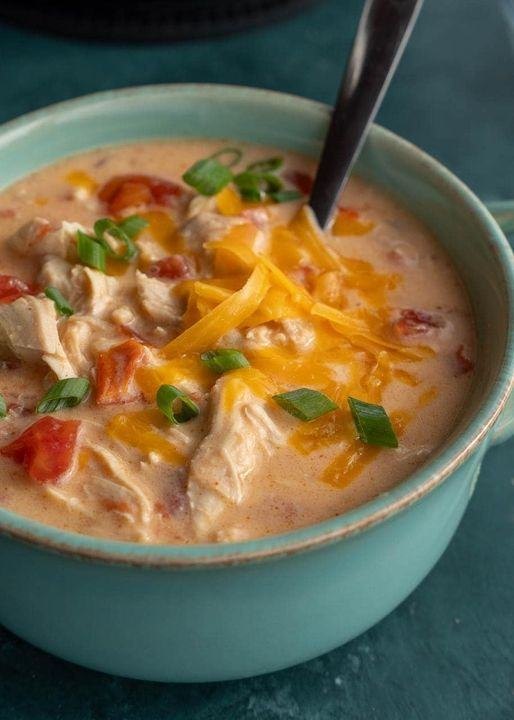Sourdough bread holds a prestigious place in culinary history, with roots dating back thousands of years. This ancient method of bread making not only encompasses a rich tapestry of cultural significance but also embodies the principles of time-honored craftsmanship. The allure of sourdough lies in its artisanal qualities, derived from the baking process that utilizes wild yeast and bacteria, a stark contrast to modern, rapid yeast methods. This slow fermentation process enhances the complex flavors while contributing to the bread’s distinctive tang.
Many cultures across the globe have adopted sourdough as a fundamental aspect of their food heritage. From the crusty loaves of Europe to the cherished traditions in the Middle East, sourdough has evolved into various cultural interpretations. Its inherent versatility makes it a staple that can be integrated into various diets and meal preparations, further reinforcing its significance. As modern consumers become more health-conscious, the emergence of multigrain sourdough bread has garnered attention for its additional nutritional benefits and flavor variety.
The sourdough starter is the heart of this age-old method. This live culture of wild yeast and lactic acid bacteria requires care and time, often becoming a family heirloom passed down through generations. Time and patience are critical ingredients that yield a final product packed with complex flavors and textures. The unique tang from sourdough stems from this fermentation process, setting it apart from other types of bread. As more people reconnect with the art of baking, multigrain sourdough bread stands out as a delightful evolution, marrying the traditional practices of sourdough baking with the health advantages provided by whole grains, further enchanting both seasoned bakers and newcomers alike.
Why Multigrain Matters
Multigrain sourdough bread stands out as a nutritious choice, offering an array of health benefits that single-flour breads often lack. The incorporation of multiple grains not only enriches the bread’s flavor profile but also significantly enhances its nutritional density. Whole grains such as oats, barley, and quinoa are packed with essential nutrients including fiber, vitamins, and minerals, making them an integral part of a balanced diet.
Fiber is particularly noteworthy; it aids in digestion, helps maintain healthy cholesterol levels, and supports weight management by promoting satiety. When indulging in multigrain sourdough bread, consumers automatically elevate their fiber intake, which is often insufficient in standard white or even whole wheat breads. The use of various grains also increases the vitamin B content, which plays a critical role in energy production and cognitive function, thus contributing to overall wellness.
Moreover, the diverse grains contribute unique flavors and textures, elevating the sensory experience of each bite. This complexity not only satisfies the palate but also encourages individuals to embrace healthier eating habits. For example, individuals on personal health journeys have often reported that switching to multigrain options has led to improved energy levels and overall vitality. The depth of flavor that multigrain sourdough bread offers can transform meals, making them both enjoyable and nutritious.
In a world increasingly committed to health and wellness, multigrain sourdough bread is a versatile and wholesome option suitable for various dietary needs. Its ability to blend seamlessly into a modern healthy lifestyle makes it a valuable addition to meal planning. By choosing multigrain bread, individuals are not just opting for taste; they are investing in a healthier future for themselves and their families.
Crafting Your Dough
Baking multigrain sourdough bread is more than just a culinary task; it is a sensory journey that connects the baker to the ingredients and the process. Begin by gathering quality flour, water, salt, and your sourdough starter. The act of mixing these ingredients is often the first moment of joy. The tactile sensation of flour running through your fingers and the weight of the water as you pour it into the bowl create an immersive experience. Stir the ingredients until they form a shaggy dough, allowing the aromas of the grains to fill the air. It’s essential to note that the quality of your flour can significantly affect the flavor of the finished bread.
Once mixed, proceed to the kneading stage, a crucial step in developing the gluten structure necessary for a good rise. This process can be both meditative and rewarding, as you push and fold the dough, feeling it transform under your hands. If you find the dough too sticky, a sprinkle of flour can offer relief, but be careful not to overdo it, as this could alter the final texture of your multigrain sourdough bread.
As you continue to knead, you may notice the dough becoming smoother and more elastic. This is when anticipation begins to build as you prepare to let it rest. Place the kneaded dough in a lightly oiled bowl, covering it with a damp cloth. During this time, the magic happens; allow the dough to rise slowly, witnessing the transformation as it doubles in size. This moment is not just about waiting; it is about experiencing the aromas that begin to permeate your kitchen, offering a glimpse of what’s to come.
Ultimately, crafting your multigrain sourdough bread is a fulfilling endeavor that engages multiple senses and invites experimentation. By integrating personal touches throughout the baking process, each loaf becomes not just a product but a celebration of flavor and wellness.
Enjoying Your Creation
The experience of baking multigrain sourdough bread extends far beyond the mere act of mixing ingredients. As your dough transforms and rises, the delightful aroma fills your home, creating an inviting atmosphere that draws family and friends alike. This sensory pleasure marks the beginning of a culinary journey culminating in the moment when you slice into your freshly baked masterpiece. The crusty exterior gives way to a soft, flavorful interior that showcases the balanced combination of grains used in your recipe.
Once your multigrain sourdough bread is baked to perfection and cooled slightly, the first decision to make is how you want to enjoy your creation. This hearty bread serves as an excellent base for a variety of toppings. A classic choice is the addition of creamy avocado, a sprinkle of salt, and a dash of pepper for a simple yet satisfying open-faced sandwich. Alternatively, a spread of butter or artisanal jams can elevate your breakfast routine. For those hearty meals, consider utilizing the bread as a delightful accompaniment to soups and stews, enhancing the overall dining experience.
When it comes to storage, proper handling ensures that your multigrain sourdough bread remains fresh longer. Storing it in a paper bag rather than plastic allows the crust to maintain its crispiness while keeping the inner crumb moist. If you anticipate leftover slices, consider freezing them in an airtight container for up to three months, making it easy to enjoy at a later date. Leftover bread can also be transformed; think croutons for salads, breadcrumbs for cooking, or even a warm bread pudding for a hearty dessert.
Finally, we encourage readers to embrace the joy of baking and to share their experiences. Whether it’s adapting the recipe to meet personal tastes or exploring unique serving suggestions, discussions about our journeys in baking can create a vibrant community around this art. Baking bread is not just about the final product but the cherished moments created along the way.
Ingredients
- 1 cup water, boiling (8 oz, 227g)
- 1 cup Harvest Grains Blend, see Recipe Notes (5 oz 142g)
- 2 cups sourdough starter, ripe and fed (16 oz, 454g)
- 1¾ cups whole wheat flour, (7 oz, 198g)
- 1¾ cups all-purpose flour, (7¼ oz, 206g)
- 2½ tsp kosher salt
- ½ tsp yeast
- 2 Tbsp vegetable oil, (1 oz, 25g)
- 1 Tbsp sesame seeds , or your favorite blend of seeds (optional)
Instructions
- Use a kitchen scale to measure out your ingredients. That way you will get consistent results.
- In the mixing bowl of a stand mixer, combine the Harvest Grains Blend and boiling water. Let the mixture cool to lukewarm, about 20 minutes.
- Add the remaining dough ingredients and knead with the dough hook until you’ve made a soft dough, adding additional water or flour as needed. The dough will be slightly sticky, and can depend on the humidity of the day.
- Cover the dough in the bowl, and let it rise until it’s almost doubled, about 1 to 1-1/2 hours. I use the oven with just the light turned on, but any warm, draft-free space will do.
- Turn the dough out onto a lightly floured work surface, and gently fold it over a few times to deflate it. Shape it into one large round or two small rounds.
- Place the rounds on a half sheet baking pan lined with a Silpat silicone mat or parchment paper, and cover it with lightly greased plastic wrap. Let the loaf rise until it’s very puffy, about 1 to 1-1/2 hours. You can also use a round covered baker or Dutch oven.
- Towards the end of the rising time, place a large saucepan filled with water on the bottom of the oven…this creates steam and helps to give the loaves a crusty exterior. Remove the rising bread from the oven if you’re proofing the loaves in there. Preheat the oven to 425°F, allowing at least 20 minutes of preheating before baking to avoid hot spots.
- Just before baking, brush or spray the rounds with water and sprinkle with seeds (if using). Use a very sharp knife to make an X on the top.
Bake the bread for 35-45 minutes (see Recipe Notes if using a covered baker).





